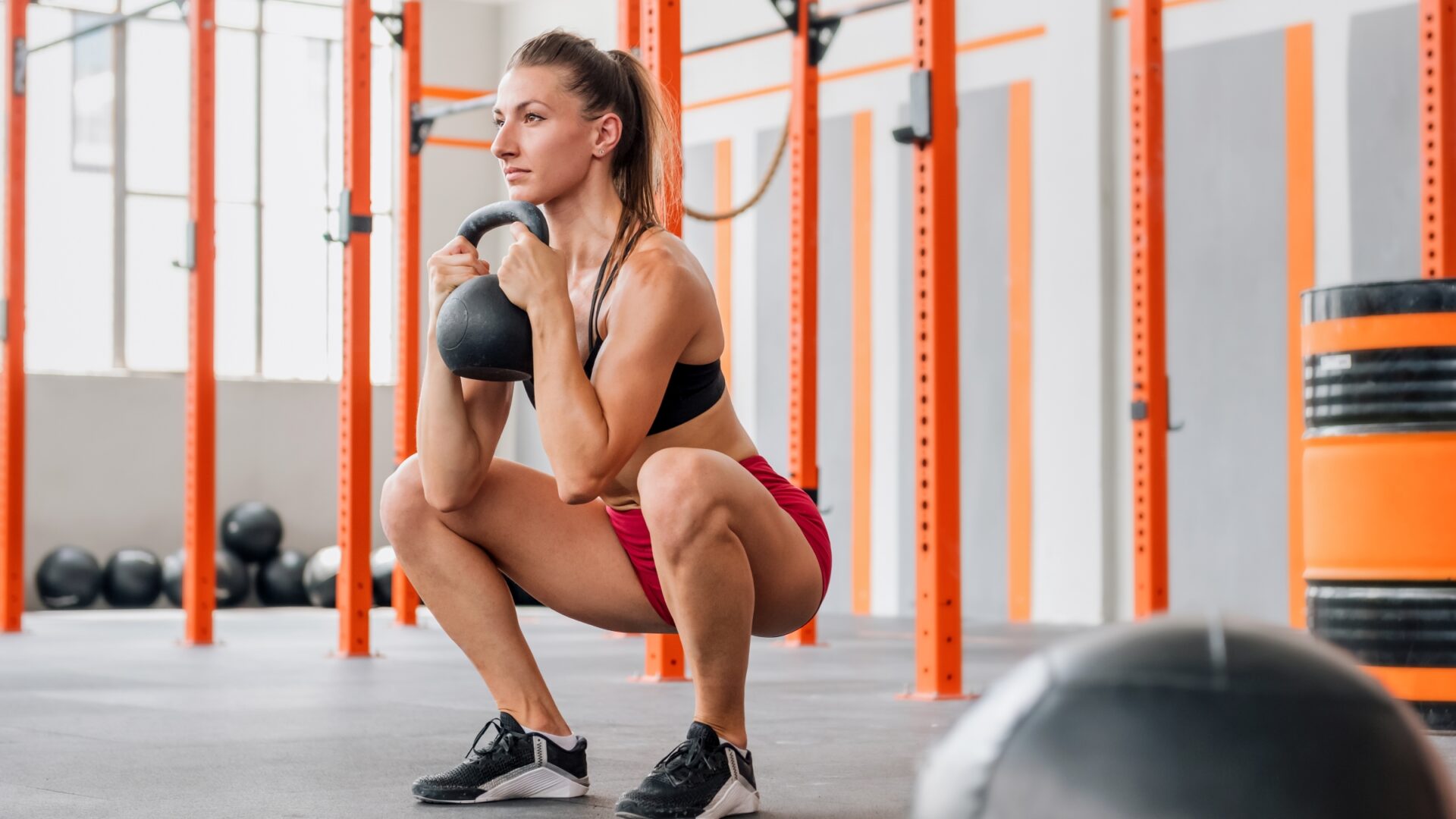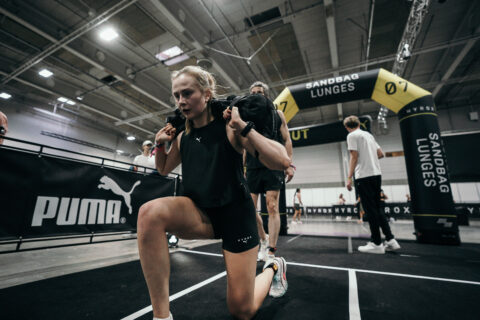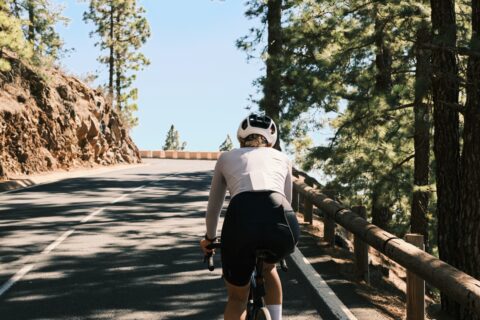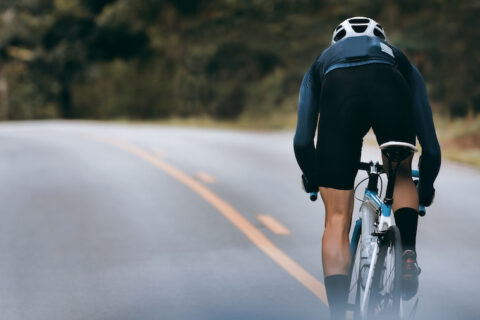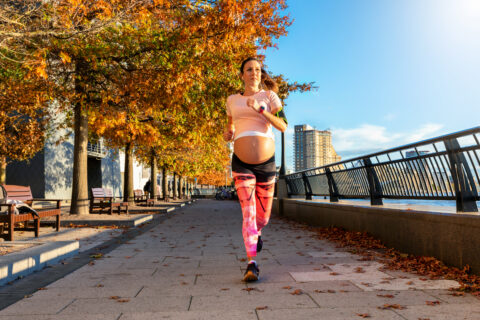Not all squats are created equal. Learn if and when you should you be shooting for that “a** to grass” range of motion and follow this lower extremity mobility routine to improve the safety and depth of your squat.
Not all squats are created equal. Learn if and when you should you be shooting for that “a** to grass” range of motion and follow this lower extremity mobility routine to improve the safety and depth of your squat.
